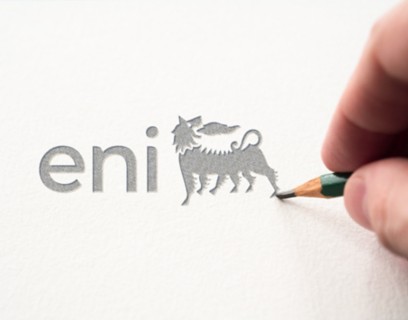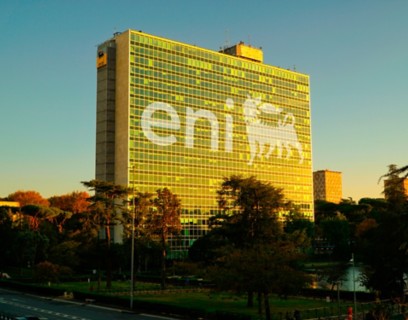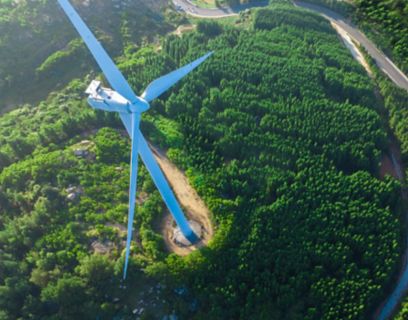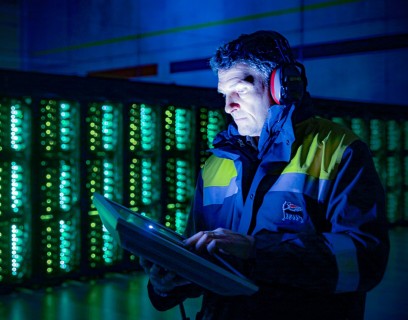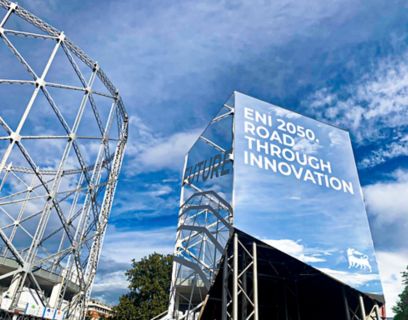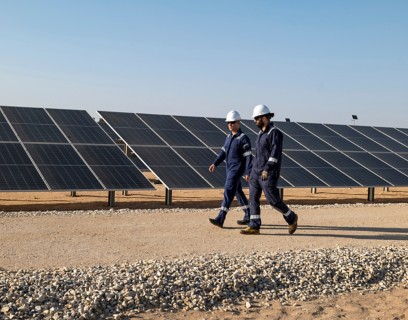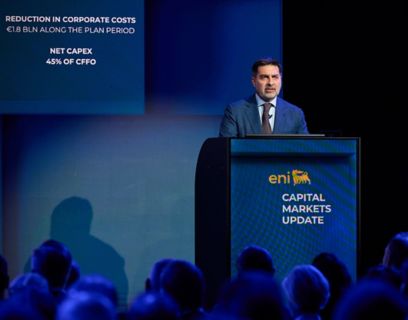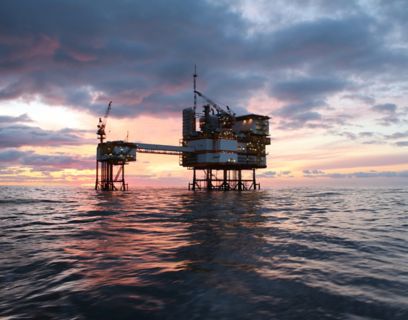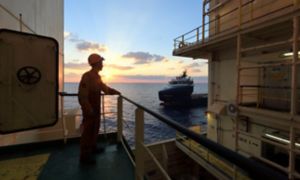- STORIES
MyEni Login
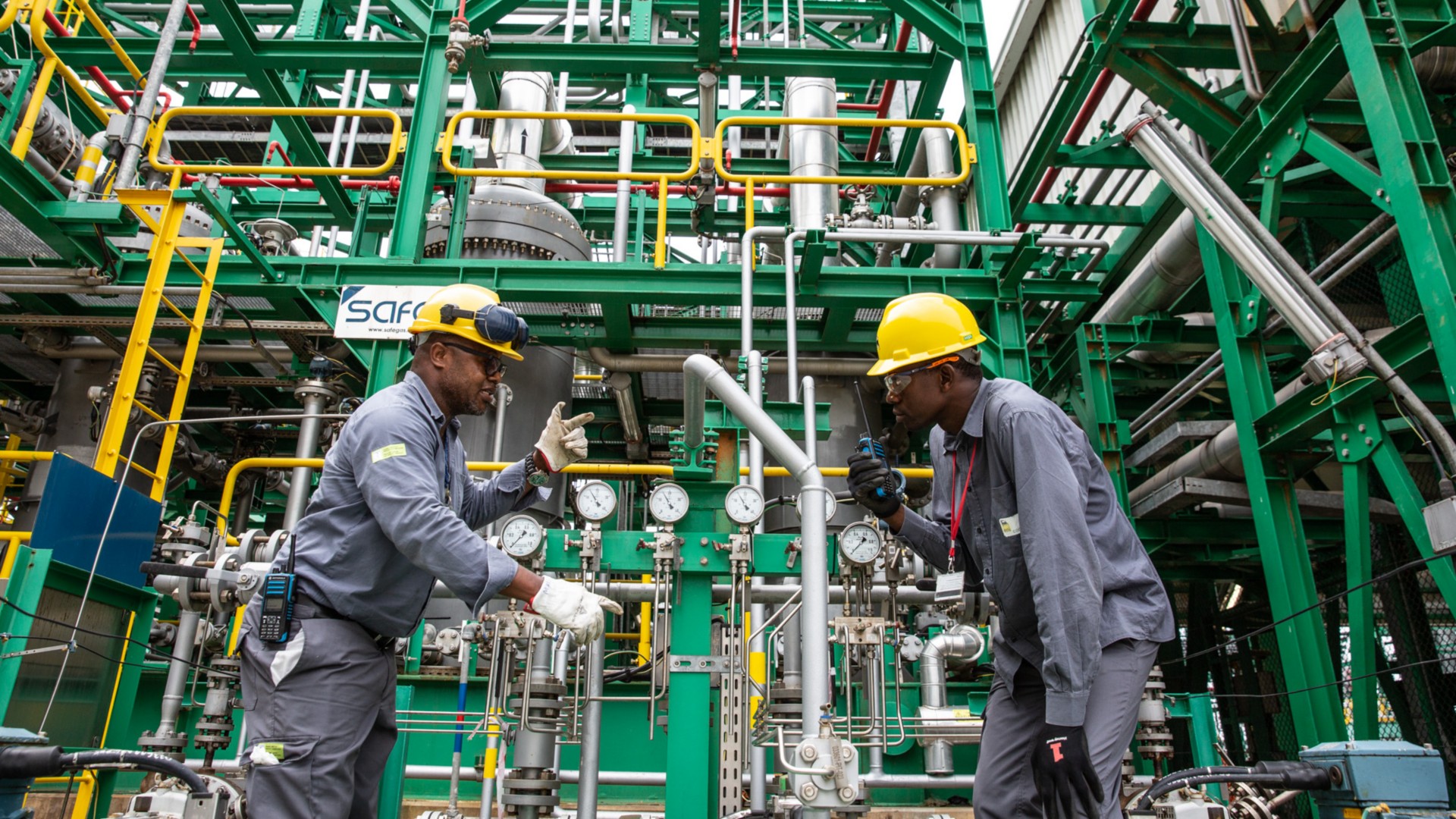
In Pietramala, a small town hidden in the hills between Bologna and Florence, the careful observer will find a plaque with these words: "Here Alessandro Volta in 1778 made the first experiments with burning air". Actually, it was in Pietramala that Volta characterised the inflammable air native to the marshes he had collected in Angera on Lake Maggiore two years earlier. "The 'burning air' was nothing more than what we know today as natural gas that we heat and cook with every day. Almost two centuries later, Eni discovered the first deep deposit in Western Europe near Lodi in 1959.
But the earliest documented uses of natural gas as mentioned in the Tiangong Kaiwu encyclopaedia published in 1637 were in the Sichuan province of China more than 3 centuries before our era: people living near swamps had noticed that the gas that permeated naturally from the seabed and bubbled up in the salt water was combustible. So they channelled it to the shore with pipes made from bamboo canes. Here, gas was burned to boil water from the same swamp inside large containers. Pure salt was thus obtained, one of the main riches of the time.
Natural gas and methane
Today, natural gas is a key element in both supporting the energy transition and strengthening the security of energy supply. And it is increasingly prevalent in Eni's production mix to reach the goal of zero net scope 1,2,3 GHG emissions by 2050, and to contribute to the goal of offering customers increasingly decarbonized products and services.
Natural gas consists mainly of methane, the percentage of which varies depending on where it is extracted from. In addition to methane, light hydrocarbons such as ethane, propane and butane, as well as carbon dioxide and nitrogen are present in smaller percentages.


Gas and gas pipelines
Because natural gas is in a gaseous state, pipelines have been used to transport it. Because of its low density, it is not economically viable to transport it as is on board ships or tankers: the size of the tanks in relation to the weight of the gas contained makes the cost of transport excessive. For this reason, the gas is normally moved by means of continuous chains of large pipes along which compression stations are built at suitable intervals, which push the gas forward by periodically re-establishing the appropriate pressure. These are gas pipelines. It is clear that the costs - and the risks of disruption along the network - increase simultaneously with the distance between the place where the gas is extracted from and the place where it will be used.


Precisely due to the high transport costs involved, natural gas was destined for a strictly ‘regional’ market. And, until the early 1990s, international gas trade was to a large extent conducted through European, Russian and North American pipeline networks. A modest LNG trade, based on the still underdeveloped compression and regasification techniques, supplied the Organisation for Economic Cooperation and Development (OECD) markets in East Asia, Europe and North America.


The idea of a 'world gas market' was still being developed. Over the years, this idea has changed a lot, with the development of combined cycle technology fuelled by natural gas (Combined Cycle Gas Turbine, CCGT). Gas has therefore become a key fuel for power generation, stimulating worldwide interest in the purchase of methane supplies used for direct consumption, in the form of LNG in thermoelectric plants and, through regasification, for traditional distribution and consumption networks.
This technology has provided an opportunity for supplier countries to look further afield to meet the world's growing needs.
The author: Luca Longo
An industrial chemist specialising in theoretical chemistry. He was a researcher for 30 years before moving into science communication at Eni.
The LNG breakthrough: the benefits (episode 2)
The second in-depth feature of 'The LNG breakthrough', an original three-part format dedicated to the evolution of natural gas, a key vector for the energy transition.

The LNG breakthrough: technologies (episode 3)
The third in-depth feature of 'The LNG breakthrough', an original three-part format dedicated to the evolution of natural gas, a key vector for the energy transition.

Read about Eni’s activity
Eni.com is a digitally designed platform that offers an immediate overview of Eni's activities. It addresses everyone, recounting in a transparent and accessible way the values, commitment and perspectives of a global technology company for the energy transition.
Discover our mission

